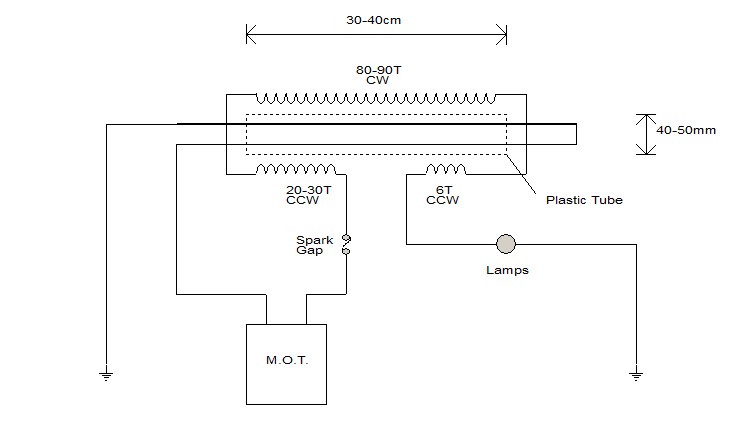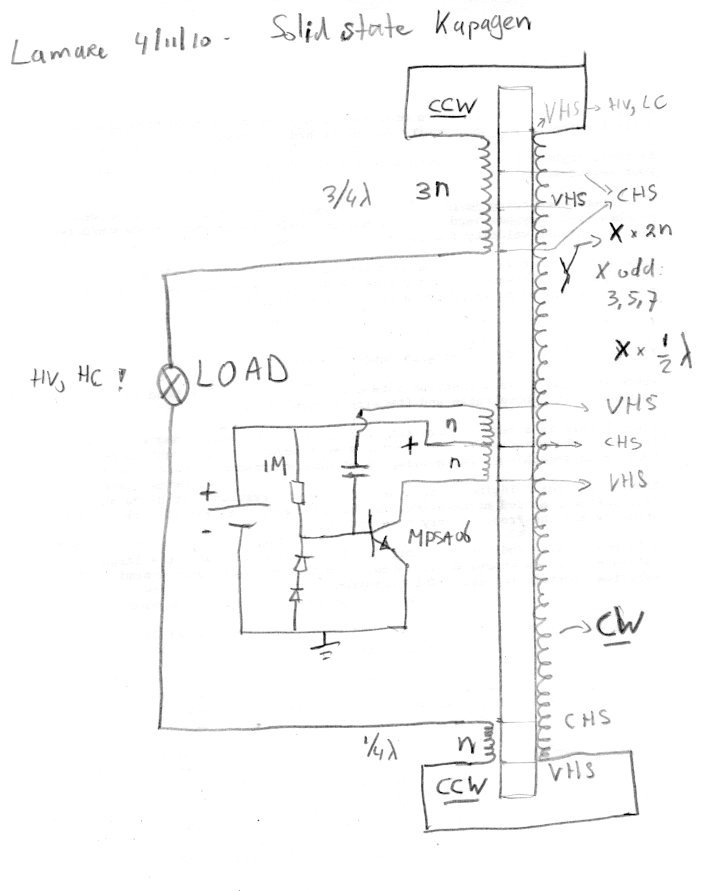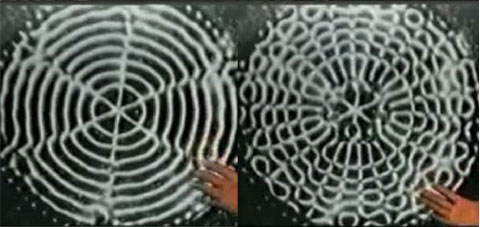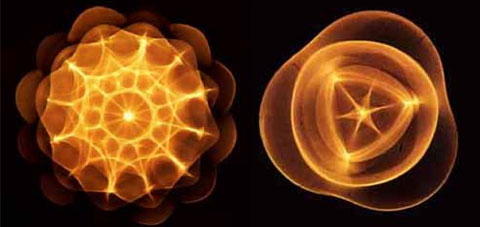@Jiffycoil
I have to make one of those puck coils now. I like the "squeezer" disks to make the coil thinner. I talked to my green guy about being too fat and I just got a blank stare. I finally put my foot down (literally) and forced the issue. I wound a flat spiral primary coil like you and Woopy did and got similar results. There are many great videos on how to make these pancake coils. The most exotic ones that I have seen were built by Tecstatic (Eric) when he was working on the SEC exciter. He etched them on printed circuit boards. Beautiful work and he expains how to do it over at Dr. Stiffler's thread.
@Lamare
I have studdied what you have presented here and many thanks for the information. You have inspired me to learn more about what we are doing here rather than just go off wildly building things. Often I stare at something that I build and ask myself, "Why is it doing that". The answer is usually found through research on the web if I take the time to dig for it.
@7mix
I really like your little hand held scope. The frequencies that are generated by these exciters are compound and run out into the MHz range. My computer O scope has a spectrum analyser function that lets me look at them and it is a real party going on. It is a storm of many waves with "freak" waves forming at certain frequencies. At those frequencies the waves pile up on top of one another (I guess) and you get these monster spikes of energy.

@ Jonny and Slayer
Many thanks for all stuff you have given us here. This is alot of fun.

Lidmotor
















Leave a comment: